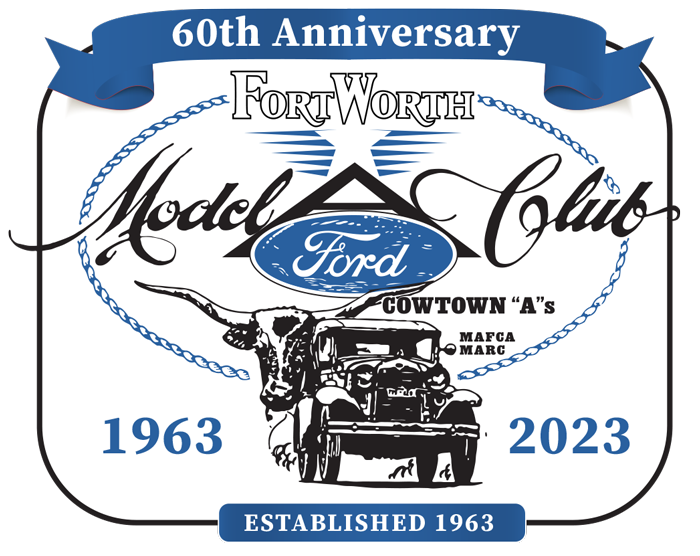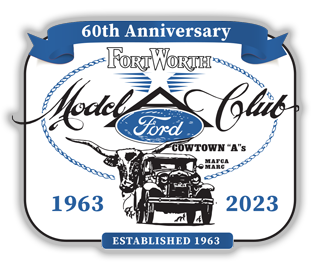Did You Know Question
Franklin D. Roosevelt’s 1929 Ford Model ‘A’ Cabriolet
Franklin D. Roosevelt, born into a wealthy family, could afford the best luxury automobiles. But it was a part of his "everyman" appeal that, when at home, he drove humble cars like this 1929 Ford Model A. Many of his cars were equipped with special controls that allowed the partially paralyzed Roosevelt to oper-ate the foot pedals with his hands.
William Howard Taft Motorized the White House Fleet
While Theodore Roosevelt preferred the stately formality of the horse drawn carriage, successor William Howard Taft Motorized the White House Fleet.
The Slip Dress
These new style chemises which were highly decorative, deliberately sensual and often transparent, became the frontrunner of today's fashion slip. They were made of rayon, crepe de Chine or silk picot, so they were smooth, soft to touch and considered to be the height of luxury. From Bikinis, Bell-Bottoms and Little Black Dresses, by Kate Mulvey
Mary Brooks Picken’s Contribution to Fashion
A relatively unknown yet highly influential woman in the Model A era was Mary Brooks Picken. Mary transformed millions of women from clothing vendors to seamstresses capable of improving their lives and making money with their sewing machines. Mary published 96 books on sewing, needlework and textile arts.
Why Did Ford Only Sell Black Cars
Henry Ford once said something of this nature: "A customer may have a car in any color he desires, so long as it's black." Today, many people have taken this quote to mean that every Model T Ford, the car which undoubtedly made the American automobile affordable and "put America on Wheels," was painted black.
One Hundred Years Ago
One hundred years ago, as 1923 ended, Ford had produced 2,011,125 Model T’s that year alone. This is still today the highest figure ever achieved by a single model in a single year. Thanks to these production numbers, Ford was able to sell these cars at a low price. For example, you could buy a Runabout for $260, the equivalent of $4,815 today.
Questions & Answers
I'm looking for information regarding the location dimensions for the three holes on the right-hand side to mount the new RH bracket (Bratton's #19340). Additionally, I would appreciate any details on the clinch nuts required to install in the subframe rail.
The car starts easily and spins over fast, but I suspect the wiring is still set up for a 6-volt system. Can you convert to a 12-volt system without changing the wiring? If so, do the bulbs need to be 12-volt as well? I'm not confident with electrical work.
I'm facing a challenging situation where the distributor in my 1928 Fordor's engine is firmly stuck in the head. Do you have any recommendations for safely removing a distributor that seems to be stubbornly stuck?
In the Snyder's Antique Auto Parts, -97, page A-38 is a device listed as "polarity tester" which is inserted twixt coil and distributor. It clearly shows arrows for "up" (coil). Text reads "..it indicates if you have the wires on your coil properly (installed)..." Is there a "coil only end" for a coil wire? New to me.
I recently acquired a 1930 Roadster, and when I attempted to remove the battery, I discovered it was connected with the negative terminal to the chassis. When I reinstall it in the spring, should I connect it correctly with the positive terminal to the chassis?
Could you please provide the original dimensions of the battery used in the 1928-1931 Model A Ford? I'm interested in knowing the exact measurements to ensure I have the correct size for my vehicle's restoration.
In the early 1990s, MAFCA member Jim Parcelluzzi included wiring diagrams on the MAFCA Clip Art disk. You can find copies of these diagrams on the MAFCA website. Here are some specific diagrams available: 1928 Wiring Chart - 1929-1931 Wiring without Cowl Lights - 1929-1931 Wiring with Cowl Lights
During a recent trip to the Pacific Northwest, I found myself in a situation with a defective cutout on my vehicle, and I was many miles away from any help. After giving it some thought, I came up with a solution using a 10-gauge wire loop that I connected to both sides of the cutout and ran into the cockpit.
My car has the drum tail light with the cast bracket attached to the rear body subframe, as it's a 1928 model. I'm looking for information about the dimensions and locations of the three holes on the right-hand side to mount the new RH bracket (Bratton's #19340).


